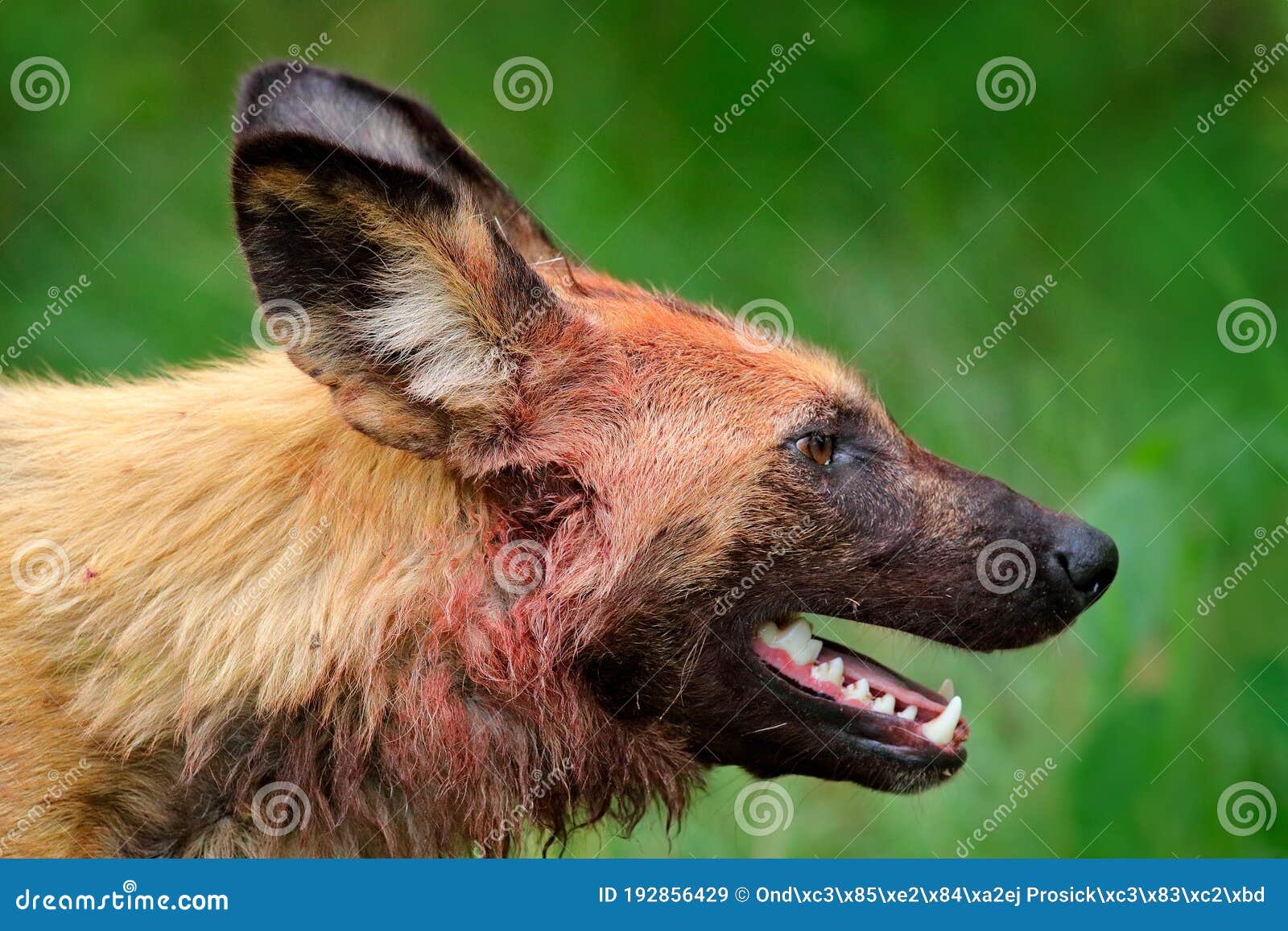

If the bone fragment is large, it may be unable to pass out of the stomach. This causes a condition called peritonitis - an abdominal infection that can be fatal, even if treated aggressively.īones can get stuck in the stomach. In some cases, bone fragments may completely penetrate the walls of the stomach or intestine, allowing food and intestinal contents to leak into the abdomen. Just as sharp bone fragments can damage the mouth, they can also damage the walls of the stomach and intestines. Injuries to the stomach and intestinal lining. It is also possible for a piece of bone to get into the trachea (windpipe), interfering with your dog’s ability to breathe. Sharp bone shards can penetrate the soft tissues at the back of the throat or pierce the esophagus. Pieces of bone can lodge in the esophagus on the way down to the stomach. This is a very scary experience for the dog, and most dogs need to be sedated or anesthetized in order to cut the bone off.ĭogs can choke. Round bones can get stuck around the lower jaw, behind the lower canine teeth. Dogs can break off sharp shards of bone, which can pierce the tongue, the cheek, or the soft palate on the roof of the mouth.īones can get looped around the lower jaw. The broken edges of bones can be razor sharp. Whether the tooth is extracted or saved with a root canal, this is an expensive outcome. A broken tooth is painful and must be treated. Bones are very hard and can be brittle, making it easy for a dog to break one of its large chewing teeth. Food and Drug Administration):īroken teeth. Here are the top reasons that bones are bad for dogs (according to the U.S. While dogs want to chew, and most would love to chew on bones, bones are dangerous and they can cause serious injuries. It is a myth that dogs need to chew bones. Wildlife isn’t the only danger facing residents, and to prove it, here are the most dangerous cities in North Carolina.What is the real story about bones and dogs? So, did you know about these dangerous animals in North Carolina? Ever encountered any dangerous wildlife in North Carolina? If so, where and what type of animal was it? Know of any other deadly animals in North Carolina? Whatever it is, tell us we want to know! 'Sightings,' like pictured above are still reported. Throughout the 18th century, due to hunting, persecution, and loss of habitat, the eastern cougar was all but eradicated in North Carolina. Eastern cougars once readily inhabitated the state and have made their mark on several landmarks. Yet, it still doesn't disperse the 'big cat mystery' that has been witnessed, and photographed throughout the state.

Western cougars, known as mountain lions, panthers, and pumas rarely expand their breeding habitats close to North Carolina. Pictured above, this photo began to circulate around North Carolina as an actual black panther/cougar sighting throughout the state. Swarms of man-o-wars are clearly what’s to be most feared of these creatures – and also, quite possibly, how they got their rep as one of the scariest ‘not jellyfish’ in the sea and some of the most dangerous animals in North Carolina.Īfter reading this, are you wondering, “Are there any other deadly animals in North Carolina?” The answer is YES! The state’s diverse landscape, which boasts both mountains and coastlines, combined with a varying climate, means there is an array of wildlife in North Carolina – some more dangerous than others. So, try to imagine 1,000 stings all at once. Just one single sting from a man-o-war is excruciatingly painful to a human. These tendrils average around 30 feet, but can reach to 175 feet! Their thin, long tendrils are covered with a venom-filled nematocysts used to paralyze fish and other small creatures. Their presence in North Carolina is often the result of strong easterly winds. They live in warm ocean waters, and travel in groups of up to 1,000. Among the most peculiar wild animals in North Carolina, the Portuguese man-of-wars are a siphonophore, an animal that is made up of a collective group of organisms working together. The man-of-war is commonly mistaken for jellyfish. It hasn’t been reported exactly how many man-o-war have washed up throughout the years, but, in one year alone, 20-30 were found on Corolla Beach. Posted in North Carolina Nature by OnlyInYourState Staff Here Are The Most Dangerous Animals Roaming The Lands Of North CarolinaĪt various times over the years, the venomous, Portuguese man-o-war has washed up on the shores of North Carolina’s beaches, and that’s just one of the dangerous animals in North Carolina.


 0 kommentar(er)
0 kommentar(er)
